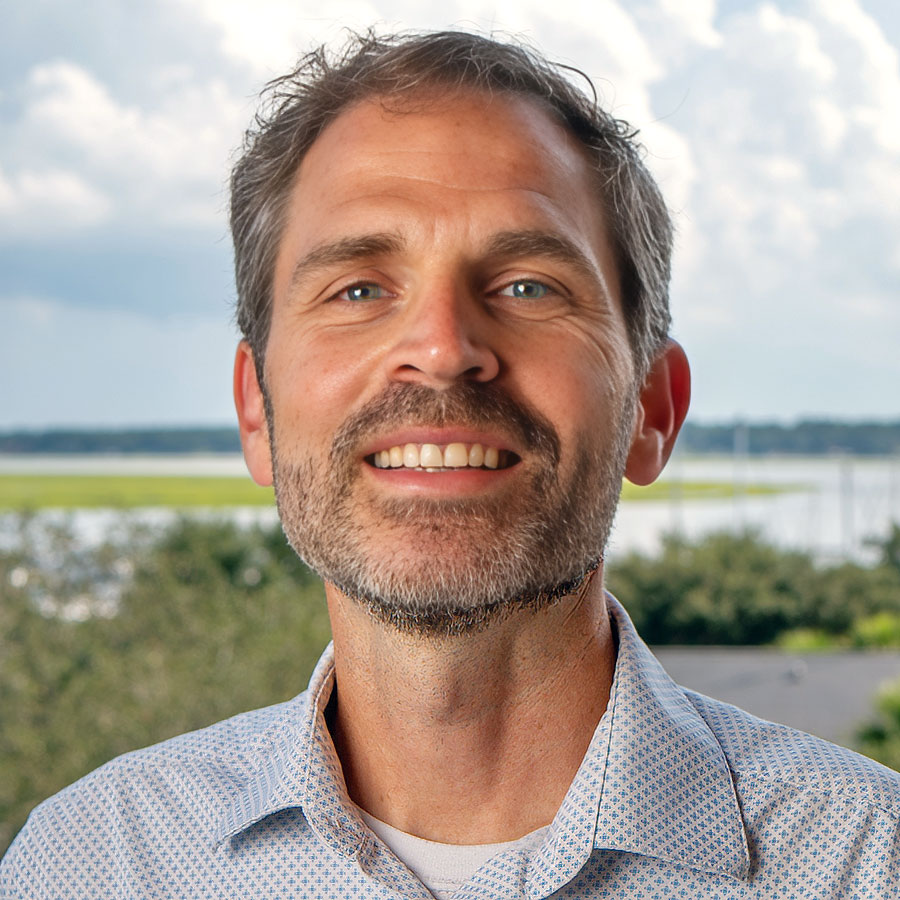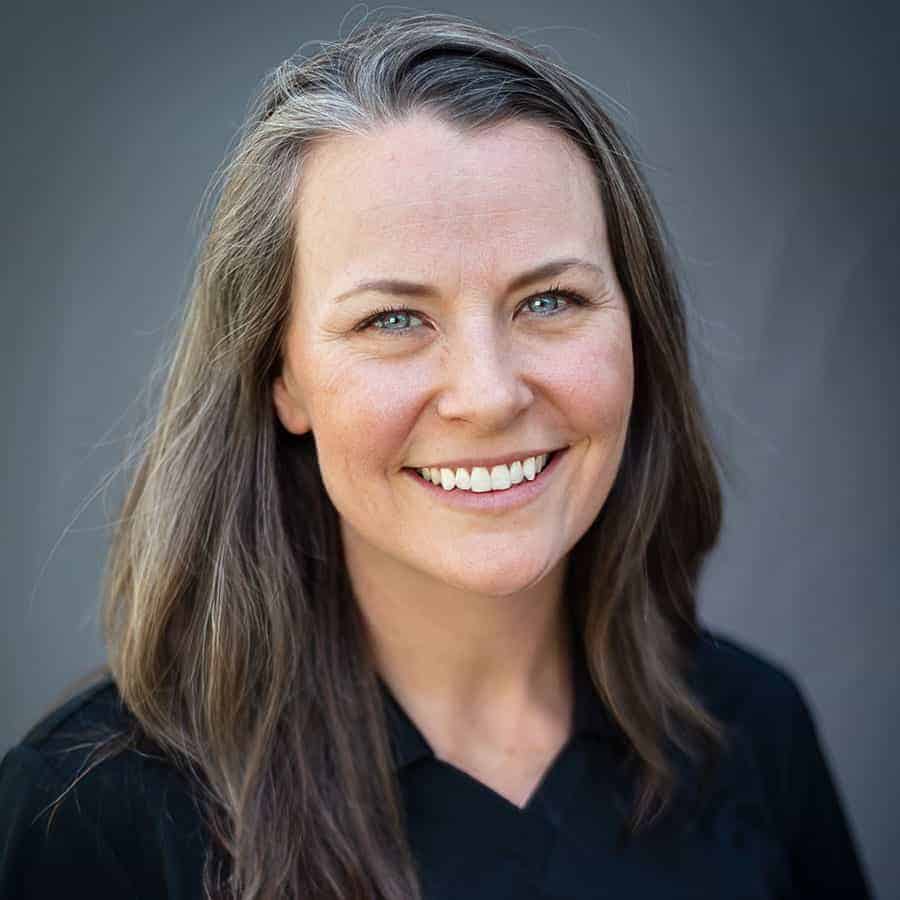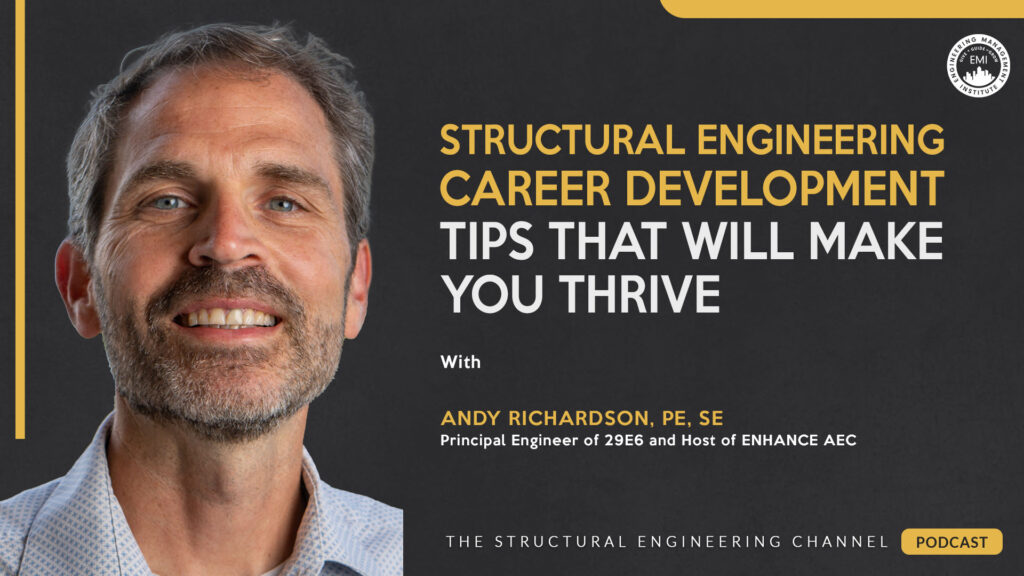In this episode, we talk with Andy Richardson, PE, SE, principal engineer of 29E6 and host of ENHANCE AEC, about structural engineering career development, overcoming burnout, achieving excellence in structural engineering, and using the 6E framework to guide engineers toward a sustainable and fulfilling career.
***The video version of this episode can be viewed here.***
Engineering Quotes:
Here Are Some of the Questions We Asked Andy:
- Considering the high-stress nature of structural engineering, how have you managed burnout throughout your career?
- How do you maintain high standards in our industry while balancing various challenges?
- Can you explain how your six E framework influences your approach to structural engineering and improves engineers’ work?
- Your firm handles a wide range of projects; what are the benefits and challenges of not specializing in one specific area?
- Given the diverse challenges in projects like coastal and seismic work, what considerations should structural engineers keep in mind?
- Can you provide an example of a project where you had to balance efficiency, safety, and code compliance?
- What habits or resources have you found beneficial in keeping your knowledge up to date, given the vital importance of continuous learning in engineering?
- Could you share some insights from your experiences hosting Enhance AEC-E and the lessons learned from speaking with various AEC professionals?
- What final piece of advice would you give to someone starting out or transitioning into the structural engineering profession?
Here Are Some of the Key Points Discussed About Structural Engineering Career Development Tips That Will Make You Thrive:
- Aligning one’s career with personal interests and strengths is crucial in managing burnout effectively in structural engineering. Personal growth and gradual changes enhance career satisfaction and trajectory.
- Maintaining high standards in structural engineering is achieved through robust quality assurance processes that ensure consistency and quality, crucial for successful project management.
- The six E’s framework focuses on deeper values and purposes, transforming routine tasks into meaningful contributions, and sustaining motivation and passion within the profession.
- Handling a diverse range of projects offers benefits such as economic resilience and enhanced professional development by exposing engineers to a variety of challenges, though it necessitates adaptability and versatile skills.
- Engineers must adhere to specific building codes and safety standards crucial for success in variable environments like coastal and seismic areas, leveraging ongoing education and modern tools to stay updated.
- In a notable project, engineers implemented stringent verification processes, using concrete weights to simulate real-world forces, ensuring the project met all safety and code compliance standards while maintaining efficiency.
- Continuous learning is vital through active involvement in professional associations, which provide networking and educational opportunities to keep engineers current and effective in their fields.
- Hosting Enhance AEC-E highlights the importance of sharing knowledge within large online communities, enriching the audience and fostering collective growth and learning opportunities across the industry.
- Newcomers to structural engineering should actively communicate with mentors and leaders, ask questions, and engage in continuous learning to become proficient in their craft and adapt to the evolving demands of the field.
More Details in This Episode…
About Andy Richardson, PE, SE

Andy is known for his collaborative approach, beginning every project with a structural charette to align with architects, owners, and contractors. His expertise spans steel, concrete, masonry, wood, and CLT, with a focus on high-wind, seismic, and coastal conditions. His portfolio includes commercial buildings, hotels, churches, residential projects, and government facilities across the Southeast and Midwest.
With a reputation for responsiveness, efficiency, and value-driven engineering, Andy and his team at 29E6 use advanced tools like Revit and Bluebeam to optimize designs. He is committed to delivering structural solutions that are not only safe and code-compliant but also cost-effective and architecturally integrated.
Andy holds a bachelor’s of science in civil engineering from Clemson University and has been deeply involved in advancing engineering education and mentorship throughout his career.
For project collaboration or a structural charette consultation, Andy can be reached through 29E6.
About the Hosts
Mathew Picardal, P.E., SE

Rachel Holland, P.E.

Sources/References:
ENHANCE AEC
29E6
Staples
Structural Engineering Association
AI and DeepSeek add-on
IRC (International Residential Code)
IBC (International Building Code)
Connect with Andy Richardson, PE, SE, on LinkedIn
Please leave your comments or questions in the section below on structural engineering career development.








